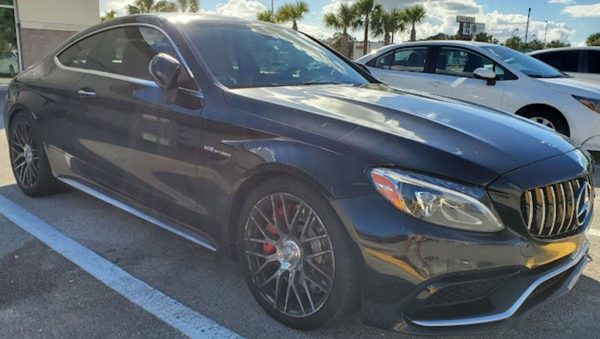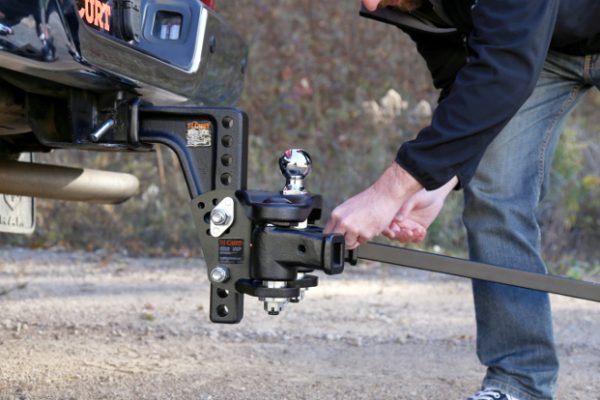Most vehicle owners don’t know the ins and outs of windshield wipers. These safety components enable drivers to see in rain and snow and clear road dirt off of the windshield with windshield washer fluid. It is unsafe to operate a vehicle without working wipers. Here are a few tips and tricks to discover the right windshield wipers size and doing windshield wiper replacement.
Where Can I Get My Windshield Wipers Replaced?
There are several options for replacing windshield wipers. You can buy replacement blades from an automotive shop and do this task yourself or rely on a mechanic or customer service specialist at an auto parts retailer. If wiper mechanisms have gotten damaged, these parts should also be replaced.
The most important tip for replacing wipers is that a vehicle may have different wiper sizes on each side. Check the owner’s manual, measure each blade or consult a customer service expert at the nearest auto parts store to determine the right size. Wipers that are too long may strike each other or travel over the edge of the windshield and get exposed to air, which can cause damage. Wiper blades that are too short may not clear off the entire windshield and can limit the driver’s field of vision.
It may be possible to upgrade a vehicle with conventional wipers to flat or hybrid blades, but flat windshield wipers are not compatible with standard blades. Some wipers come with universal hardware while other designs are make- and model-specific.
Select wiper blades with straight, hooked, side-locking or top-locking attachments that fit your vehicle. If you need to replace other parts of a wiper mechanism, make sure to use the right parts. Diagrams can be helpful for figuring out how conventional, hybrid or flat blades work. If you need to replace other windshield wiper components, you may want to use loaner tools to keep costs low.
Can You Use WD40 On Wiper Blades
WD40 is not the best choice to use for cleaning wiper blades because this formula leaves behind a greasy residue. Apply dish soap or windshield washing fluid to a damp cloth or sponge and wipe down rubber elements on wiper blades. Rubbing alcohol is also effective and residue-free, but may dry out rubber and result in cracking or splitting.
Even with regular cleaning, the lifespan of wiper blades is determined by exposure to the elements and frequency of use. Intense heat or swings between extremely hot and cold temperatures can cause rubber to degrade more quickly. Blade design is also a factor for determining part lifespan. Conventional blades last about six months before requiring replacement, whereas hybrid or flat blades last up to a year.
It is important to make sure that components such as built-in spoilers on flat or hybrid blades or articulated links and spring flexors on standard blades function properly. Problems with the windshield wiper assembly on a vehicle can cause blades to wear out sooner. Worn blades that allow wiper arms to make contact with the windshield can result in even more costly damage.





